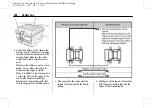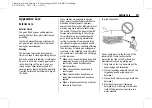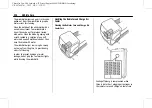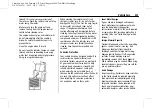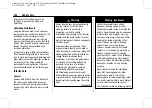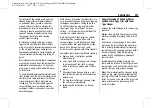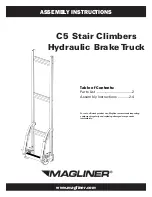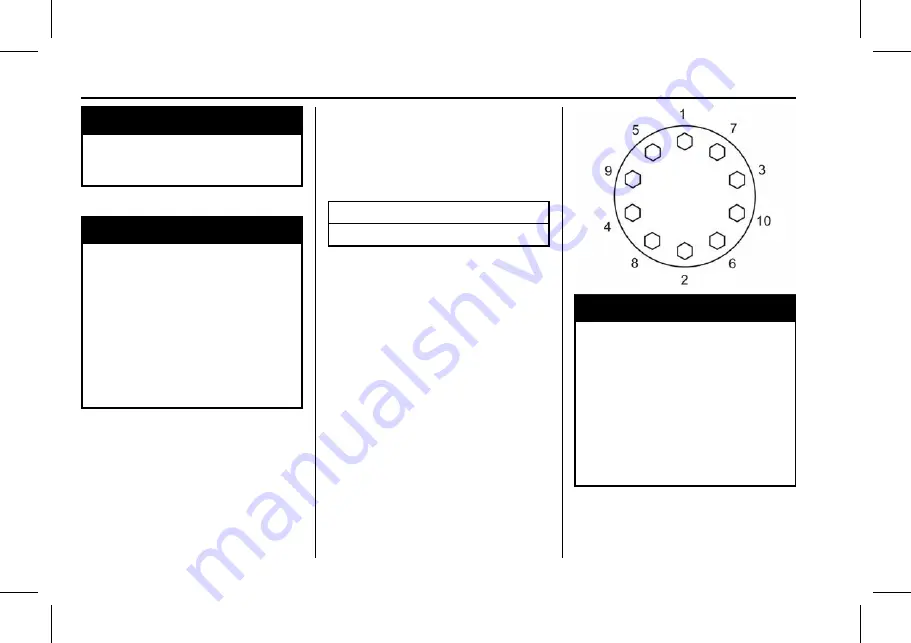
Chevrolet Low Cab Forward 6.7L Diesel Engine 6500XD (GMNA-Localizing-
U.S.-15749874) - 2022 - CRC - 12/2/21
242
Vehicle Care
Danger (Continued)
Manufacturers Association, 1400 K
Street N.W., Washington, D.C. 20005,
and also from many tire stores.
Wheel Nut Torque
{
Warning
Never use oil or grease on studs or nuts.
Use the torque specified for the type of
wheels on the vehicle. Snug all wheel
nuts and then tighten to the specified
torque in the numerical sequence shown.
Improperly tightened wheel nuts could
eventually allow the wheel to come off
while the vehicle is moving, possibly
causing loss of control and personal
injury and property damage.
When the vehicle, wheel or fasteners are
new, have a technician tighten wheel stud
nuts and rim clamp nuts with a torque
wrench at 160 km (100 mi) and at 1 600 km
(1,000 mi). This is necessary because the
clamping system used on the wheels must
seat before the fastener will hold a uniform
clamp load and remain fully tightened. Also
have a technician tighten wheel stud nuts
and rim clamp nuts with a torque wrench
after installing any wheel.
In addition, nut tightness on all wheels
should be set with a torque wrench every
16 000 km (10,000 mi).
Tightening torque
644 N·m (475 lb·ft)
Wheel Tightening Sequence
Install valve stems of dual wheels
180 degrees opposite each other.
1. Finger-tighten the nuts.
2. Tighten all nuts to specified torque in
order as shown.
{
Warning
To help reduce the risk of losing vehicle
control and personal injury or death,
if any stud has been damaged as a result
of a loose running wheel, all studs for
that wheel should be replaced. A loose
running wheel may cause only one stud
to break but damage to other studs may
not be noticeable. If stud holes in a
wheel have become elongated or
distorted, replace the wheel.





















